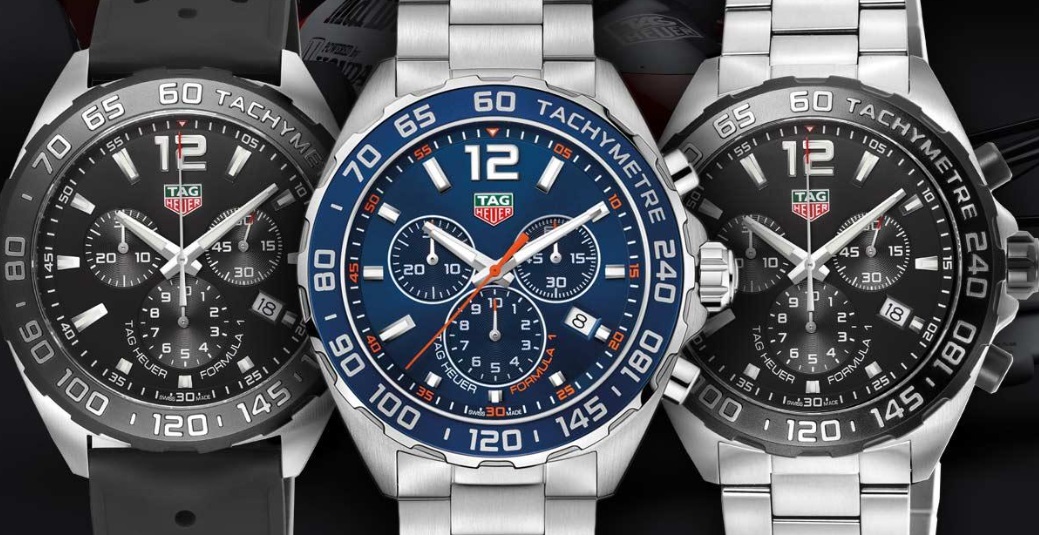Latest News on Swiss Automatic Watches
Latest News on Swiss Automatic Watches
Blog Article
Why the Swiss Made Wrist Watch Continues to Be the Ultimate Symbol in Horology

When it comes to fine detail, accuracy, and tradition, nothing quite compares to the Swiss timepiece. For many years, Switzerland has held an elite status in the world of horology—equated with refinement, technical excellence, and timeless style. But what exactly makes a Swiss Made wrist watch stand out, and why should you consider owning one? As a watch expert, let’s dive into what makes these masterpieces so desirable.
Understanding the Meaning of Swiss Made
The term “Swiss Made” is more than a marketing tagline; it’s a standardized designation with strict requirements. For a watch to bear the “Swiss Made” mark:
- The movement must be Swiss
- The movement must be assembled into the case in Switzerland
- The quality check must be conducted in Switzerland
- At least 60% of manufacturing costs must originate in Switzerland
These guidelines ensure a Swiss Made watch isn’t just assembled in Switzerland—it’s a reflection of the nation’s renowned tradition of watchmaking excellence.
The Heritage Behind Swiss Made Watches
Switzerland’s watchmaking story dates back to the 16th century, when Huguenot craftsmen brought their skills to Geneva. Over the centuries, Swiss artisans refined their techniques, giving rise to groundbreaking innovations like the self-winding mechanism, chronograph, and tourbillon.
Today, world-famous brands such as Rolex, Patek Philippe, Omega, TAG Heuer, and Tissot carry forward this proud heritage, crafting watches that are not only beautiful but also mechanically sound. Whether you’re admiring a simple dress watch or a complex perpetual calendar, a Swiss Made timepiece reflects centuries of accumulated skill.
Why Choose a Swiss Made Wrist Watch?
If you’re considering purchasing in a premium timepiece, here’s why Swiss Made watches are often the first choice:
- Exceptional Build Quality
Swiss watchmakers are known for painstaking attention to detail. Every component is expertly crafted—often manually refined—to meet precise standards. From Geneva stripes to polished cases, the quality is immediately recognizable.
- Superior Movements
Swiss movements are globally recognized for their accuracy and durability. Brands like ETA and Sellita, as well as in-house movements from Rolex and Omega, set the benchmark for watch reliability.
- Lasting Worth
Many Swiss Made watches hold or even increase in value—especially limited editions and vintage pieces. Collectors worldwide seek out rare Swiss models for their quality and heritage.
- Design and Elegance
Swiss watches are more than timekeepers—they’re artistic expressions. From the sleek Jaeger-LeCoultre Reverso to the bold Audemars Piguet Royal Oak, each design embodies design mastery.
Top Swiss Watchmakers Worth Exploring
If you’re just entering the Swiss Made world, here are some of the most recognized names in the industry:
- Rolex – Known for durable luxury, with models like the Submariner and Datejust.
- Omega – Makers of the Speedmaster Moonwatch, blending innovation with legacy.
- TAG Heuer – A favorite for racing enthusiasts, known for the Carrera and Monaco.
- Tissot – Great entry-level option, offering reliable Swiss quality at Women’s Swiss Watches accessible prices.
- Patek Philippe – Legendary watchmaker focused on mechanical artistry and tradition.
How to Maintain Your Timepiece
To maintain your Swiss Made wrist watch:
- Service it every 4 to 7 years
- Store it in a cool, dry place
- Avoid strong magnetic fields
- Ensure the crown is pushed in before water exposure
Careful upkeep helps ensure your timepiece lasts for generations.
Conclusion
Owning a Swiss Made wrist watch is more than a fashion choice—it’s a celebration to innovation. Whether you’re buying your first or adding to a collection, you’re becoming part of a tradition that spans centuries.
Next time you look at your wrist and see “Swiss Made” on the dial, remember—you’re wearing a legacy shaped by the world’s finest watchmakers. Report this page